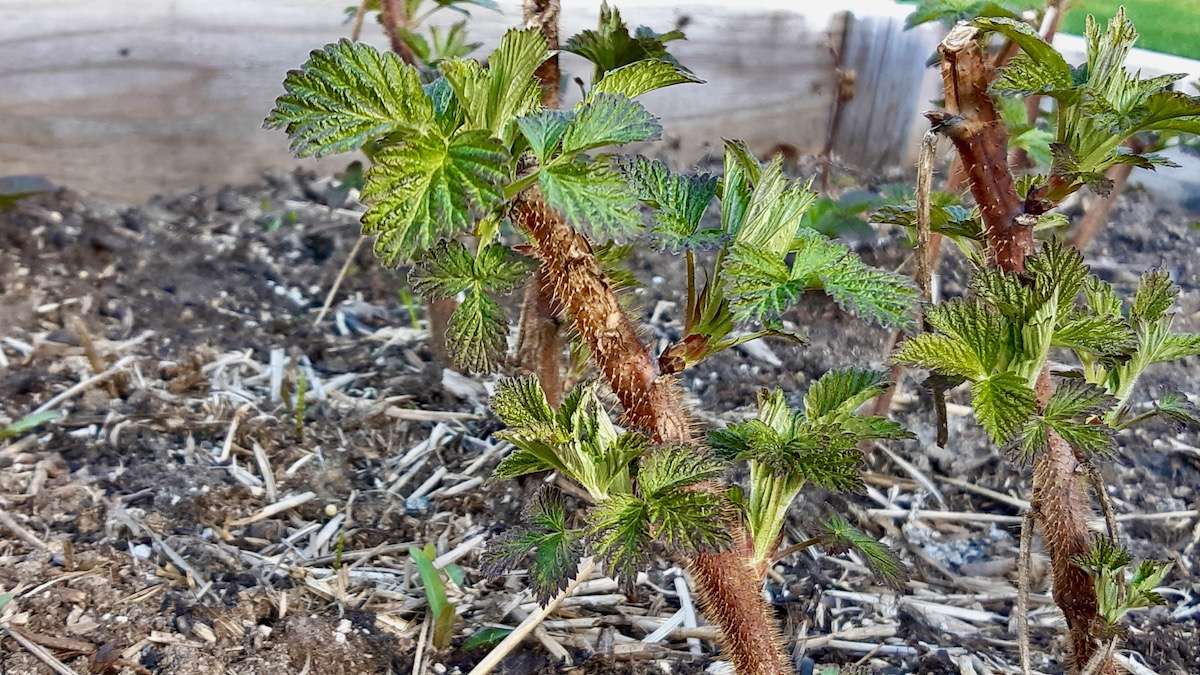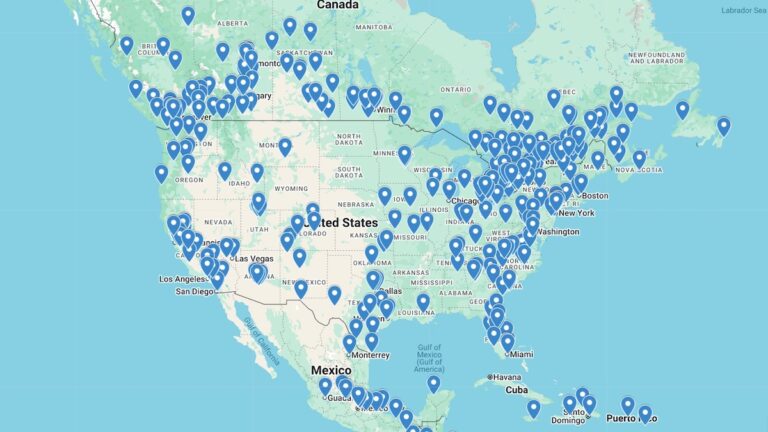
Hello, spring! Overwintered raspberry shoots are bursting with life, a beautiful sign of success in our Northwestern Ontario sustainable agriculture pilot. Building local food production and supporting Indigenous food systems with partners.
From Shoots to Sweets: Maximizing Your Raspberry Harvest in Community Grow Boxes
Our community garden program in Northwestern Ontario is thrilled to enter its second phase, building on the foundation laid last year with support from the Manitoba Agriculture Indigenous Food Systems and Agriculture program, the Minneapolis College of Art and Design, Global Dignity Canada and the Sustainable Canadian Agricultural Partnership. This year, with expanded growing space and established plants in our raised garden beds, we are incredibly excited to see the vigorous shoots of our fresh raspberry plants emerging!
Last season yielded a promising 25 pounds, but with the plants maturing and more space dedicated to berry farming, we anticipate a significantly larger harvest this year, boosting our local food production and enhancing food security through sustainable agriculture.
Growing delicious raspberries in a community garden setting requires a little know-how. Here are some tips we’re implementing and lessons learned to help ensure a bountiful yield in your own container gardening or raised bed projects:
Selecting the Right Spot for Raspberry Cultivation
Raspberries thrive in full sun – aiming for at least 6-8 hours a day. Good air circulation is also key to prevent diseases.Ensure your raised beds or chosen growing space offer excellent drainage; raspberries dislike wet feet!
Soil Preparation for Sweet Success
Like most berries, raspberries prefer slightly acidic, well-drained soil rich in organic matter. We amend our community garden soil with compost annually to provide the necessary nutrients for healthy plant growth and abundant fruit.
Watering for Juicy Berries
Consistent moisture is vital, especially during flowering and fruiting. Raspberry plants have shallow roots, so regular watering is more beneficial than infrequent deep soaks. Drip irrigation in raised garden beds is an efficient way to deliver water directly to the roots, conserving this precious resource in our sustainable farming efforts.
Pruning for Productivity
Pruning is essential for managing raspberry growth and maximizing yield. Knowing whether you have summer-bearing or everbearing varieties determines the best pruning approach. Generally, you remove canes that have already fruited to encourage new, productive growth. Proper pruning also improves air circulation, reducing pest and disease pressure in our organic gardening approach.
Supporting Your Growing Raspberry Patch
Raspberry canes can grow quite tall and may need support to prevent them from flopping over. Simple stakes or a trellis system in your raised beds can keep the canes upright, making harvesting easier and improving overall plant health in your urban farming space.
Managing Pests and Diseases Naturally
Healthy plants are less susceptible to problems. By focusing on good soil, proper watering, and air circulation, we minimize issues. Regular monitoring allows for early detection of any pests or diseases. Choosing disease-resistant raspberry varieties suited to Northwestern Ontario agriculture is also a proactive step in our sustainable agricultureprogram.
Harvesting Your Bountiful Raspberry Yield
Raspberries are ready to pick when they are fully coloured and detach easily from the core. Gentle handling is key as they are delicate! Regular picking encourages the plant to produce more fruit, extending your harvest season. Enjoy the fruits of your labour – fresh, locally grown raspberries!
Fun Raspberry Facts:
- Raspberries are not technically berries, but rather an aggregate fruit made up of many tiny drupelets.
- A single raspberry plant can produce fruit for many years with proper care.
- There are red, black, purple, and yellow raspberry varieties, each with unique flavours and characteristics.
We are excited about the potential for a significantly increased raspberry yield this year, contributing to food securityand providing delicious, locally grown produce for our community. Our continued work in sustainable agriculture through this food systems innovation program is a rewarding way to connect with the land and each other.







